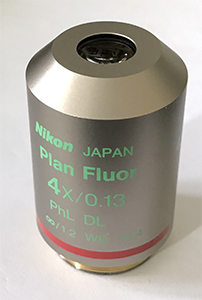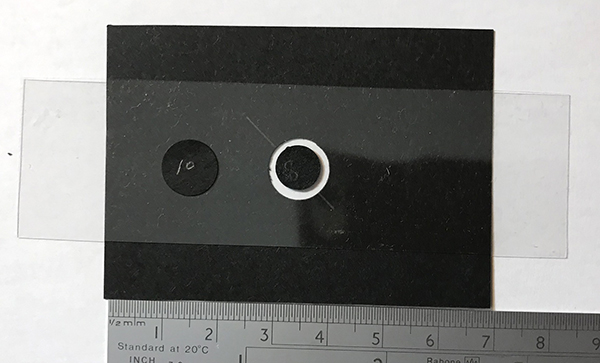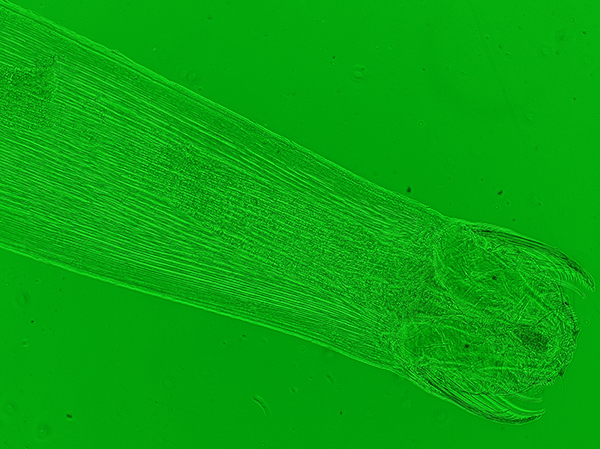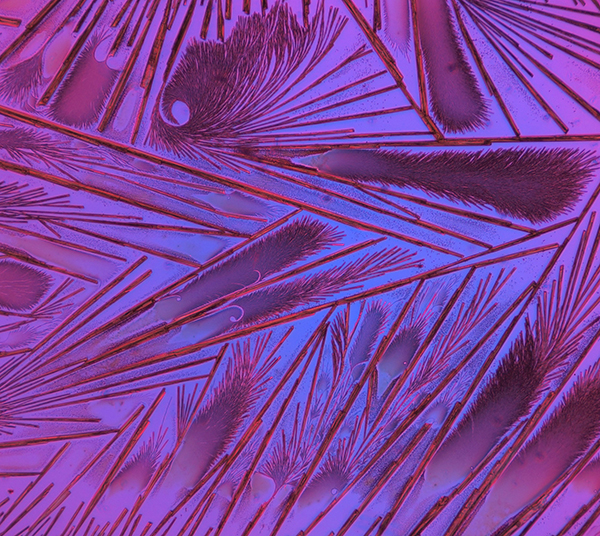 I recently treated myself to a 4X NA0.13 Plan Fluor for my Nikon Eclipse E800 with infinity optics as was seeking an improvement to my current objective which is the basic plan achromatic 4X NA0.10. The list price new is high but a recent one sold on eBay UK for a fraction of that. A bonus was that it was also phase, which have never tried on any stand below 10X. I notice that Nikon also produced a 4X phase for their older 160 mm tube length system. I can find no reference to one for the finite tube length Zeiss system of the 70s (my other stand is a Zeiss Photomicroscope III with standard 10X phase).
I recently treated myself to a 4X NA0.13 Plan Fluor for my Nikon Eclipse E800 with infinity optics as was seeking an improvement to my current objective which is the basic plan achromatic 4X NA0.10. The list price new is high but a recent one sold on eBay UK for a fraction of that. A bonus was that it was also phase, which have never tried on any stand below 10X. I notice that Nikon also produced a 4X phase for their older 160 mm tube length system. I can find no reference to one for the finite tube length Zeiss system of the 70s (my other stand is a Zeiss Photomicroscope III with standard 10X phase).
I was hoping that one of the three concentric LED rings used on my Photomicroscope would be suitable, but the smallest ring 40 mm was too large if placed either on the condenser support ring or on field lens. This is the smallest commercial size available.
The correct ring as noted on the objective is a 'PHL' on a LWD condenser. I don't have that condenser but with top lens swung out of the Nikon C-CU Universal Condenser a phase ring is in focus on the field lens. This is by design as for stands with a swing out condenser an in-focus field lens iris fulfils the role of the condenser iris for setting the NA in the back focal plane of the objective.
By trial and error the ring required was an 8 mm disc with 11 mm outer ring which could be made with a hole punch and compass cutter respectively. There's a slight darkening of the light in centre but fine for visible and basic imagery. The condenser focus can adjust the ring fitting.
The objective script is upside down so presumably this objective was only ever intended for inverted work, but enthusiasts like to experiment! It's a useful phase mag for larger live plankton. As the rings are quite large, homemade rings for colour phase work is also possible e.g. with crystal melts.
I would be interested to learn what this objective would be used for in a professional / higher education setting, possibly fertilisation work with embryos on an inverted stand?
Examples: Standard phase - Sagitta arrow worm, prepared slide by my brother-in-law John Atkinson. Colour phase - Victorian papered slide of barium platinocyanide.

The outer ring is on black card and the inner disc on clear acetate film allowing both to be centred independently on the field iris.

Sagitta arrow worm, prepared slide

Barium platinocyanide, colour phase with blue inner disc and outer area, phase ring red.
Comments to the author David Walker are welcomed.